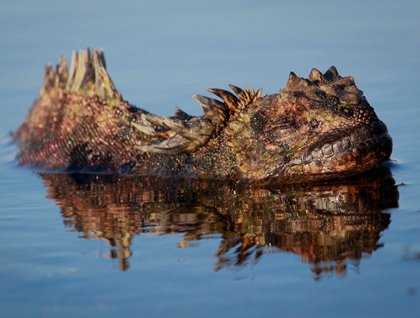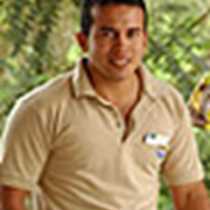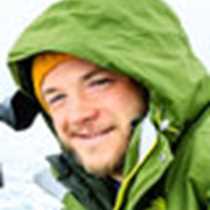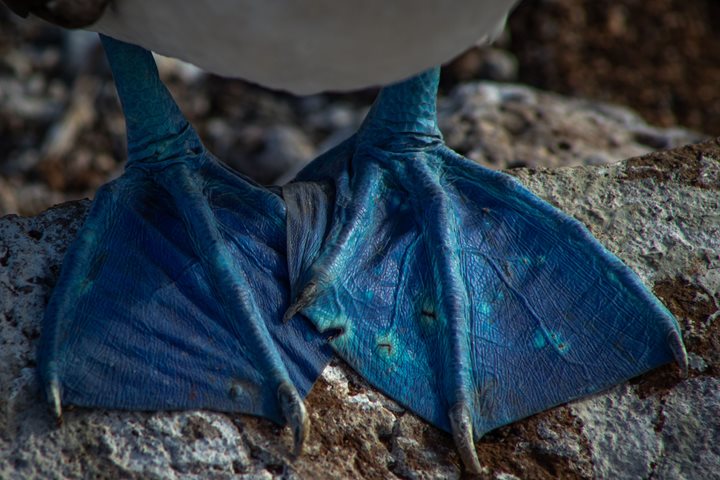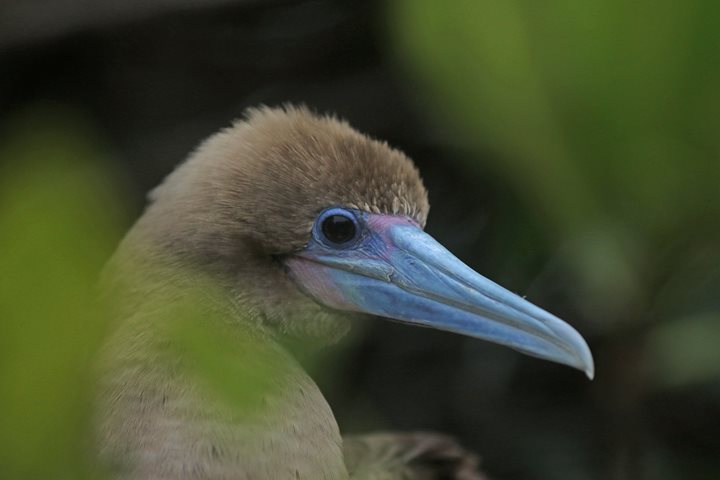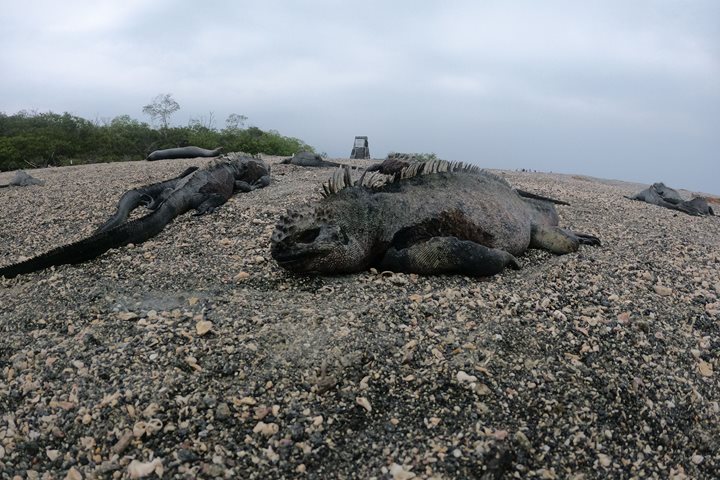Charles Darwin himself spent 9 days on this island, while visiting Galapagos, and here he gathered the largest specimen collection while HMS The Beagle visited the Galapagos Archipelago in 1835.
We had a pre- breakfast outing with a wet landing on Espumilla beach. This location is covered with an interesting mix of volcanic ashes and tiny pieces of olivine crystals. Blue-footed boobies, gulls and other birds delighted us in a feeding frenzy nearby the coastline, sky bombing the ocean.
Snorkeling was quite fascinating due to the several species found in the warm water of Buccaneer Cove. Sea lions, eagle rays, sharks, sea turtles and a variety of fish pleased the snorkelers while blue-footed boobies and pelicans tried to catch black stripe salemas, and sardines that populated the shallow area. In the afternoon we anchored in a place that once was inhabited by salt miners and is known as Egas Port. Currently the island is a national park and through the conservation efforts of Lindblad Expedition and National Geographic it is truly recovering the natural flora and fauna that for long time was devastated by invasive species such as goats, rats pigs and donkeys.
Some guests, enjoyed the black sand beach an hour before the rest of us arrived on shore for a peaceful hike along the intertidal zone of Santiago Island. It was an incredible day with great snorkeling and hikes on Santiago!

